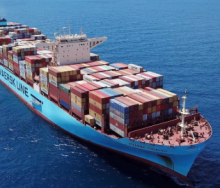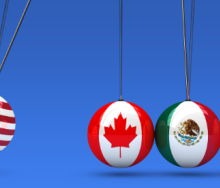Zimbabwean farmers have benefited most from the interim Economic Partnership Agreement (iEPA) signed with the European Union (EU) in 2012.
According to European Commission figures, exports by Zimbabwe to the EU grew by 12% from 2012 to 2018.Agricultural exports account for almost half of Zimbabwe’s exports to the EU. Tobacco accounted for 53% of the value of exports, followed by citrus fruit and then raw hides, skins and fur skins.Zimbabwe also annually exports between five and six tons of cut f lowers (two thirds of which are roses) to the EU, with export earnings reaching EUR 5.7 million in 2018.
One of the successful exporters identified in an annual EU report is Luxaf lor Roses, a rose exporter situated on a 40-hectare concession near Harare.It exports primarily to South Africa and the Netherlands.
Another is Selby Enterprises, which is one of Zimbabwe’s largest wholesalers and exporters of fruit and vegetables to Europe, Australasia and South Africa. There was, however, a 17% drop in f lower exports from 2018 to 2019, during which time Zimbabwe was affected by a severe drought.
Discussions to extend the terms of the agreement to include services, investment, technical barriers to trade, intellectual property rights as well as trade and sustainable development are ongoing.Non-agricultural exports by Zimbabwe to the EU include iron and steel, precious stones, gold and various minerals.
The other beneficiaries of the iEPA agreement are Comoros, Madagascar, Mauritius and Seychelles.













